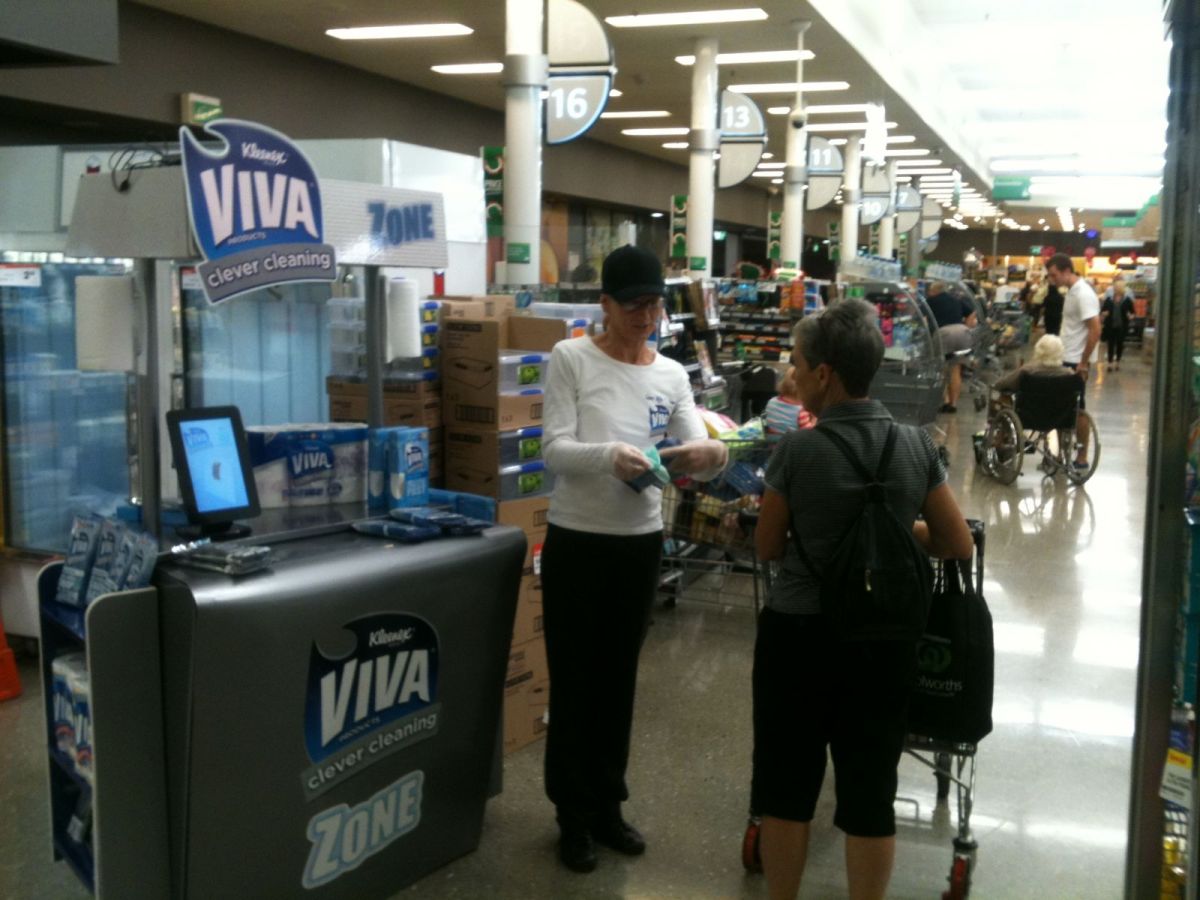By Aimee Chanthadavong
Visual communication is the most common method retailers use to engage with customers and the other four senses of sound, touch, smell and taste are often overlooked.
Speaking to RetailBiz, Danielle Barclay, head of Retail Engine, which is part of CPM Australia, said retailers should be using the physical retail environment to appeal to all five senses to enhance a customer’s in-store experience, particularly at a time where many retailers are losing customers to online retailing.
“Consumers are far more demanding in wanting a personalised experience and their expectations are far higher in a retail space. In the online space you’ve got so much flexibility to control that environment but it’s a little bit harder in a retail space. I think there’s still a place for hands-on interaction for a retail space. We just have to be a little more creative and in terms of engaging people within a retail store,” she said.
“I definitely think retailers shouldn’t be afraid. The fact is the customer can do as much research as they want and ultimately buy certain products online but when they buy products online it’s not for an experience but for the price and there’s a huge number that are wanting to still engage with brands.”
Barclay, who recently attended International CES in Las Vegas and Screenmedia Expo in London, found that the US market was looking towards converging social media, gesture, smart phones and tablets into one device; while the UK market focused great attention on using 3D screens without the need to wear glasses as ways to engage with customers in-store.
In comparison to this, she said that Australian retailers are still in its infancy in creating and adopting alternative methods to connect with customers for three reasons: the retailing business is still very traditional and finds it difficult to steer away from familiar methods; marketers often look towards using mass mediums to appeal to customers over using the retail space; and cost.
While the movement is slow, there are examples of some brands that are looking beyond using visual appeal. For instance, CPM Group and Kimberly-Clark Australia have teamed up to create an in-store experience for Kleenex Viva. They have done this by placing sampling units that integrates the technology of visual, scent and sound in some Australian supermarkets.
“Supermarket spaces are often notoriously challenging in terms of creating an experience because they’re very controlled on such things as space allocation and height restriction but the supermarkets are 100 per cent on board,” Barclay said.
“Research shows consumers are noticing the difference and I think in terms of something so traditional demonstrations are fantastic because they’re hands-on and provide face-to-face interaction and this it’s something different to get that competitive edge.”

